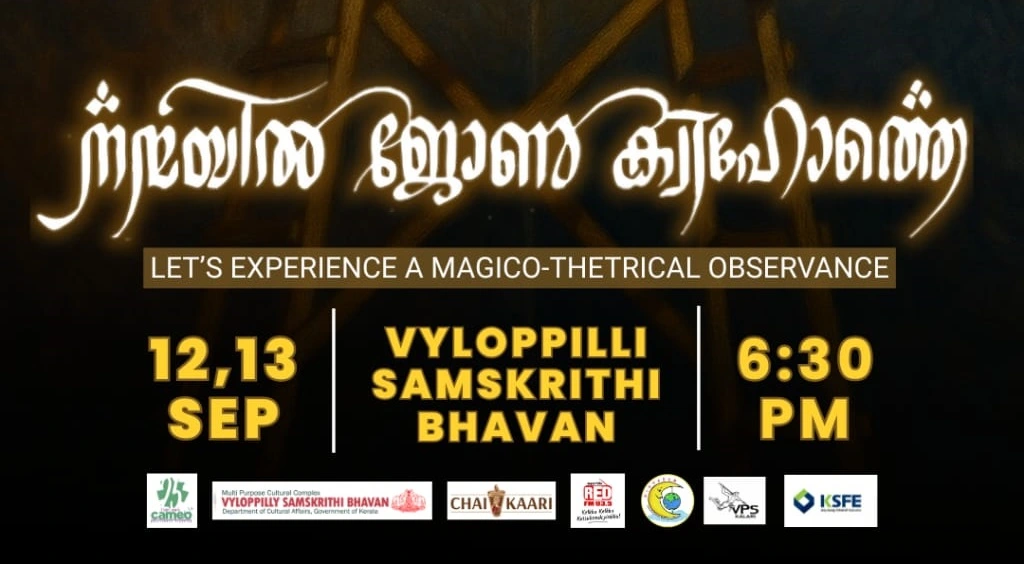Events are the lifeblood of connection, community, and commerce. From intimate gatherings to sprawling festivals, events provide platforms for sharing ideas, celebrating milestones, and driving business growth. Understanding the diverse landscape of events, and how to strategically plan and execute them, is crucial for individuals and organizations alike looking to make a lasting impact. Let’s delve into the world of events, exploring different types, planning essentials, and the tools that can make your next event a resounding success.
The Diverse World of Events
Events come in all shapes and sizes, each with unique objectives and target audiences. Recognizing these differences is the first step in planning a successful gathering.
Types of Events
- Corporate Events: These events are geared towards business objectives.
Conferences: Large-scale gatherings focused on industry trends, networking, and professional development. Example: A cybersecurity conference attracting industry leaders and experts.
Seminars & Workshops: Smaller, more focused events designed for skill-building and knowledge sharing. Example: A marketing workshop teaching the latest SEO techniques.
Trade Shows & Exhibitions: Events where businesses showcase their products and services to potential clients and partners. Example: A technology trade show featuring innovative gadgets and software solutions.
Team-Building Activities: Events designed to improve employee morale, communication, and collaboration. Example: An outdoor adventure trip for a company’s sales team.
Product Launches: Events to unveil new products or services to the market. Example: A glamorous launch event for a new line of smartphones.
- Social Events: These are organized around personal celebrations and gatherings.
Weddings: Celebrations of marriage. Example: A formal wedding reception with hundreds of guests.
Parties: Celebrations for birthdays, anniversaries, and other milestones. Example: A surprise birthday party for a close friend.
Reunions: Gatherings of former classmates, colleagues, or family members. Example: A high school reunion bringing together graduates from different years.
- Fundraising Events: Events aimed at raising money for a specific cause or organization.
Galas: Formal, black-tie events with dinner, entertainment, and fundraising activities. Example: A charity gala raising money for cancer research.
Auctions: Events where items are auctioned off to raise funds. Example: A silent auction at a school fundraiser.
Walks & Runs: Sponsored events where participants raise money by walking or running a specific distance. Example: A 5K run to benefit a local animal shelter.
- Public Events: Events open to the general public.
Festivals: Large-scale celebrations of culture, music, or art. Example: A music festival featuring popular bands and artists.
Concerts: Live musical performances. Example: An outdoor concert in a local park.
Sporting Events: Competitions in various sports. Example: A local marathon.
Understanding Your Target Audience
Knowing your target audience is crucial for planning a successful event. Consider these factors:
- Demographics: Age, gender, location, income, education.
- Interests: What are their hobbies, passions, and values?
- Needs: What are they hoping to gain from attending the event?
- Expectations: What level of quality and experience do they expect?
By understanding your audience, you can tailor your event to meet their needs and exceed their expectations.
Event Planning Essentials
Effective event planning involves careful attention to detail and a systematic approach.
Defining Objectives and Goals
Before you start planning any event, it’s essential to clearly define your objectives and goals. What do you want to achieve?
- Increase Brand Awareness: Raise awareness of your brand and its products or services.
- Generate Leads: Collect contact information from potential customers.
- Drive Sales: Directly sell products or services at the event.
- Build Community: Foster a sense of community among attendees.
- Raise Funds: Collect donations for a specific cause.
Having clear goals helps you measure the success of your event and justify the resources invested.
Budgeting and Resource Allocation
Creating a detailed budget is crucial for keeping your event on track.
- Venue Costs: Rental fees, permits, and insurance.
- Marketing & Promotion: Advertising, social media, and public relations.
- Catering & Beverages: Food, drinks, and service staff.
- Entertainment & Speakers: Performers, speakers, and their fees.
- Equipment & Supplies: Tables, chairs, audiovisual equipment, and decorations.
- Staffing: Hiring event staff, security, and volunteers.
Carefully allocate your resources to maximize the impact of your event.
Logistics and Operations
Managing the logistics and operations of an event requires careful coordination.
- Venue Selection: Choose a venue that meets the needs of your event and your target audience. Consider factors like capacity, location, accessibility, and amenities.
- Vendor Management: Select reliable vendors for catering, entertainment, and other services. Negotiate contracts and ensure they deliver on their promises.
- Registration & Ticketing: Use online registration platforms to manage attendee sign-ups and ticket sales.
- On-Site Management: Coordinate staff, volunteers, and vendors to ensure the event runs smoothly.
- Emergency Planning: Develop a plan for handling emergencies, such as medical incidents, security threats, or weather-related disruptions.
Marketing and Promotion
Effective marketing and promotion are essential for attracting attendees to your event.
- Social Media: Use social media platforms to promote your event, engage with your audience, and share updates. Example: Running targeted ads on Facebook and Instagram.
- Email Marketing: Send targeted email campaigns to promote your event to your email list. Example: Sending personalized invitations and event reminders.
- Website & Landing Pages: Create a dedicated website or landing page for your event with all the essential information. Example: Including an online registration form and event schedule.
- Public Relations: Reach out to media outlets and influencers to generate buzz about your event. Example: Sending press releases and inviting journalists to attend.
- Partnerships: Collaborate with other organizations or businesses to promote your event to a wider audience. Example: Partnering with a local business to offer discounts to event attendees.
Leveraging Technology for Event Success
Technology plays a vital role in modern event planning, from streamlining logistics to enhancing the attendee experience.
Event Management Software
Event management software can help you manage various aspects of your event, including:
- Registration & Ticketing: Streamline attendee sign-ups and ticket sales.
- Communication: Communicate with attendees via email, SMS, and push notifications.
- Scheduling: Create and manage event schedules, speaker lists, and session details.
- Reporting & Analytics: Track key metrics, such as attendance, engagement, and revenue.
Examples of popular event management software include Eventbrite, Cvent, and Bizzabo.
Mobile Event Apps
Mobile event apps can enhance the attendee experience by providing access to:
- Event Information: Schedules, maps, speaker bios, and sponsor details.
- Networking Tools: Opportunities to connect with other attendees.
- Interactive Features: Live polls, Q&A sessions, and social media integration.
- Personalized Agendas: Customized schedules based on attendee interests.
Virtual and Hybrid Events
Virtual and hybrid events offer new opportunities to reach a wider audience and create more engaging experiences.
- Virtual Events: Entirely online events, often using video conferencing platforms. Example: A virtual conference with live presentations, breakout sessions, and networking opportunities.
- Hybrid Events: Events that combine in-person and virtual components. Example: A conference with a live audience and a simultaneous online broadcast.
Data Analytics and Insights
Collecting and analyzing data from your event can provide valuable insights for future planning. Track metrics such as:
- Attendance Rates: How many people attended your event?
- Engagement Levels: How actively did attendees participate in sessions and activities?
- Feedback Scores: How satisfied were attendees with the event overall?
Use this data to identify areas for improvement and optimize your event strategy.
Measuring Event Success and ROI
Evaluating the success of your event is crucial for justifying the investment and improving future events.
Key Performance Indicators (KPIs)
Identify key performance indicators (KPIs) that align with your event objectives. Examples include:
- Number of Attendees: How many people attended your event?
- Attendee Satisfaction: How satisfied were attendees with the event overall? Measured through surveys and feedback forms.
- Lead Generation: How many leads were generated at the event?
- Sales Revenue: How much revenue was generated from the event?
- Social Media Reach: How many people were reached through social media promotions?
- Media Coverage: How much media coverage did the event receive?
Post-Event Surveys and Feedback
Collect feedback from attendees, sponsors, and staff through post-event surveys and feedback forms. Ask questions about:
- Event Content: Was the content relevant and engaging?
- Logistics: Were the logistics well-organized and efficient?
- Networking Opportunities: Were there sufficient opportunities to connect with others?
- Overall Satisfaction: How satisfied were attendees with the event overall?
Calculating Return on Investment (ROI)
Calculate the return on investment (ROI) of your event by comparing the costs to the benefits. Use the following formula:
“`
ROI = (Total Benefits – Total Costs) / Total Costs x 100%
“`
For example, if an event cost $10,000 to organize and generated $20,000 in revenue, the ROI would be:
“`
ROI = ($20,000 – $10,000) / $10,000 x 100% = 100%
“`
This means that the event generated a 100% return on investment.
Conclusion
Events are powerful tools for achieving various goals, from driving business growth to building communities. By understanding the diverse landscape of events, implementing effective planning strategies, leveraging technology, and measuring your success, you can create memorable and impactful experiences. Whether you’re organizing a small workshop or a large-scale conference, the key is to focus on creating value for your attendees and delivering on your objectives. Embrace the dynamic world of events and unlock the potential they hold for your organization or personal brand.




